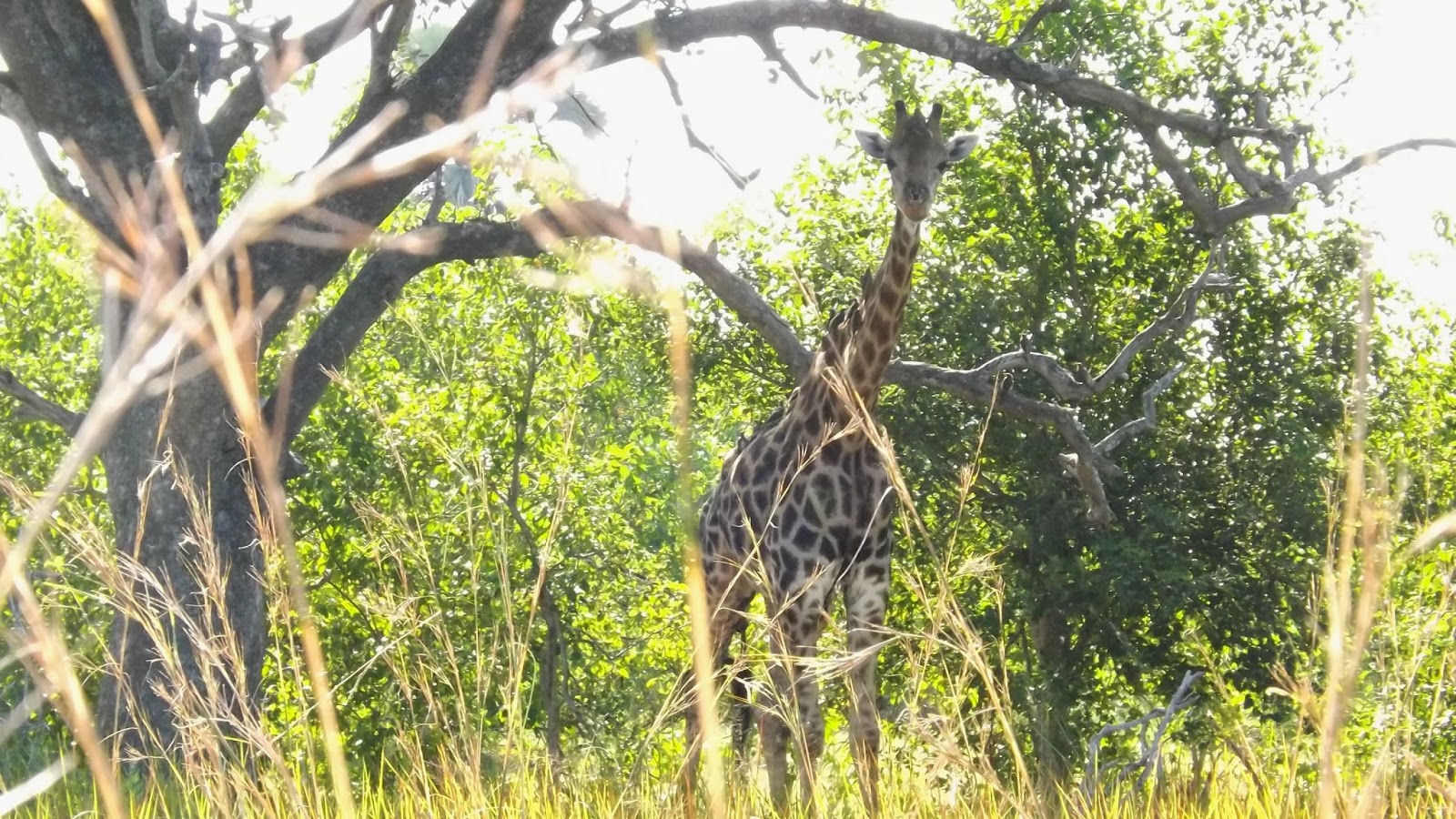Well, I'm not an expert on art, but I think Zebras were doing Op Art long before anyone in the 20th century thought of tricking the eye with black and white contrast - provoking astigmatic attacks.
 |
| 1960s Op Art |
 |
| 2014 Botswana Art |

Imagine you are a lion and you come across this shimmering mass of zebras. Which one would you pursue? Which direction is any one of these zebras going to run? They really are fun to watch, in their shape shifting, shimmering way. Oh, and by the way, did you know the collective word for a herd of zebras is a DAZZLE. Cool name, wouldn't you agree?
It all seems to make sense, pair mother and foal and you might not see the separation of big and small, strong and vulnerable. Good theory Darwin came up with to explain the zebras stripes.
Who couldn't watch baby zebras all day long and want to think they were being protected from predators by their stripes. But Darwin was only partially right.
Turns out, according to a study published by UC Davis Wildlife Biologists on April 1, 2014, the zebra's stripes evolved to confuse and repel biting flies. Something about the Op Art confusion of black and white prevents tsetse flies and horse flies from seeing the zebra as prey, because the offending flies downright don't like black and white surfaces.
And the zebra turn out to really need protection from biting flies as their body hair is shorter than the depth of the flies biting mechanism, unlike all the other hooved mammals living in the same ranges occupied by zebras.
So the next time you find yourself in an environment teaming with biting flies, say northern Minnesota in summer, pull out some of your 1960s Op Art fashions and give the pestering bugs the buzz off!
Bug repellent?
Op Art movement founder Victor Vasarely's 1937 painting "Zebras."



















































